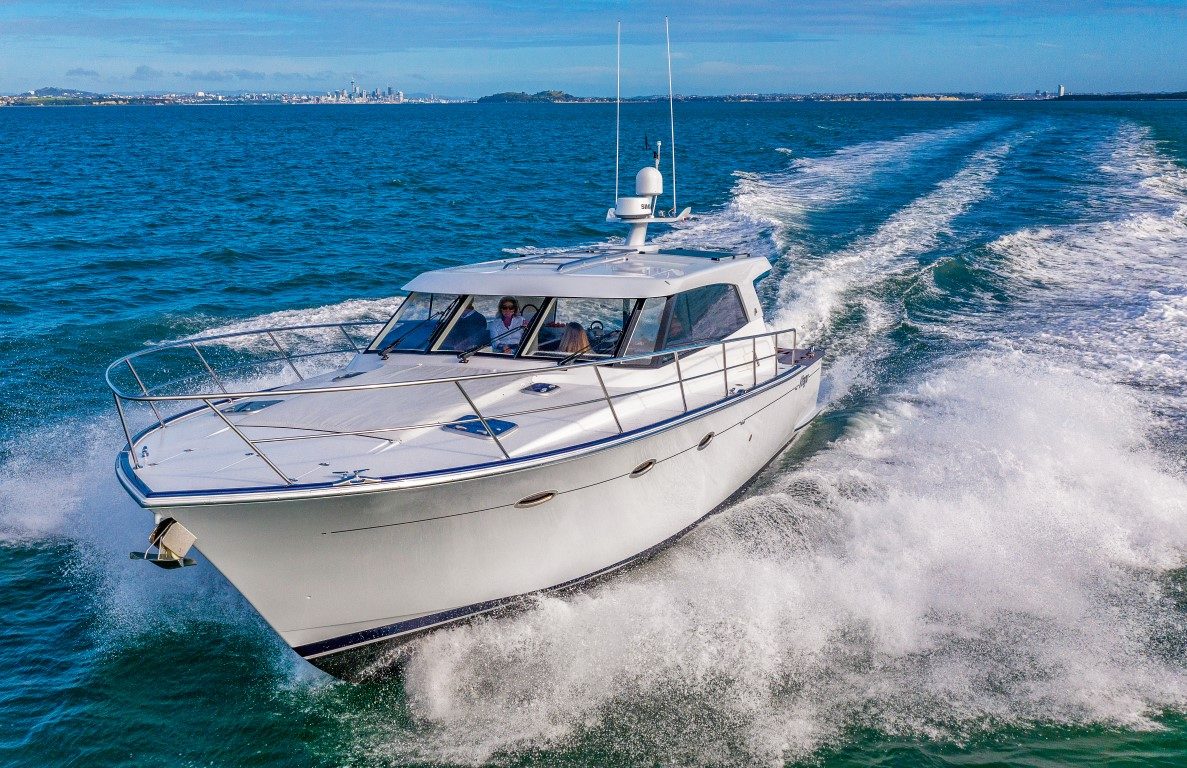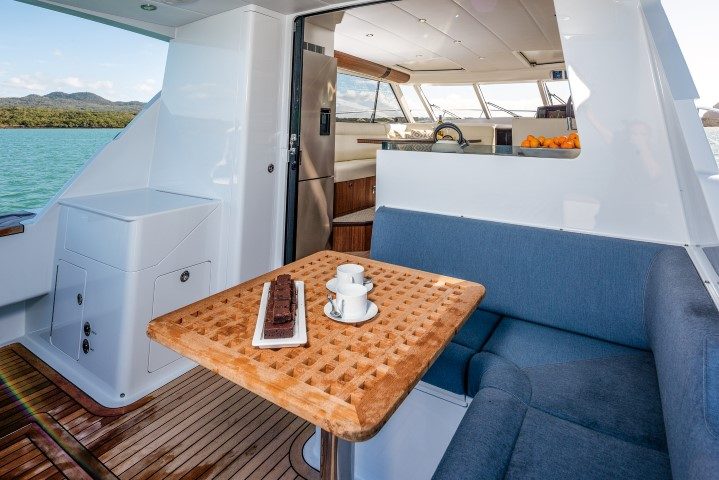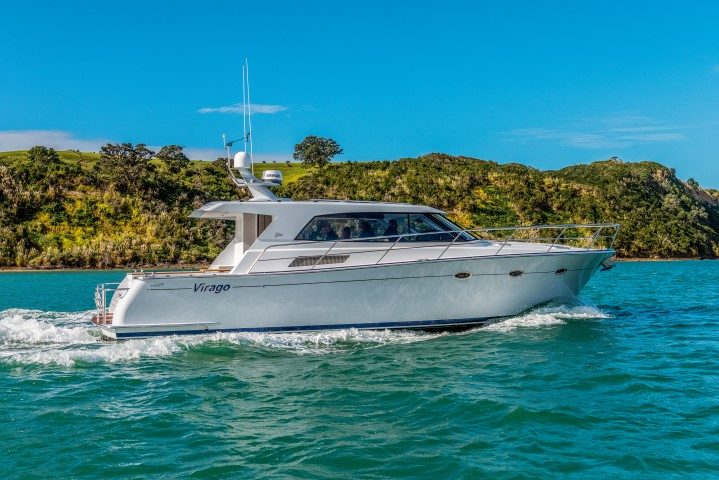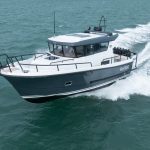‘Behemoth’ is a word which springs to mind or, perhaps more nautically, ‘leviathan’.
- Frugal fuel consumption
- Excellent agility with bow and stern thrusters
- Craftsmanship and high-spec finish
- Custom yacht gives customer what he wants
- Clever interior layout uses space efficiently





















